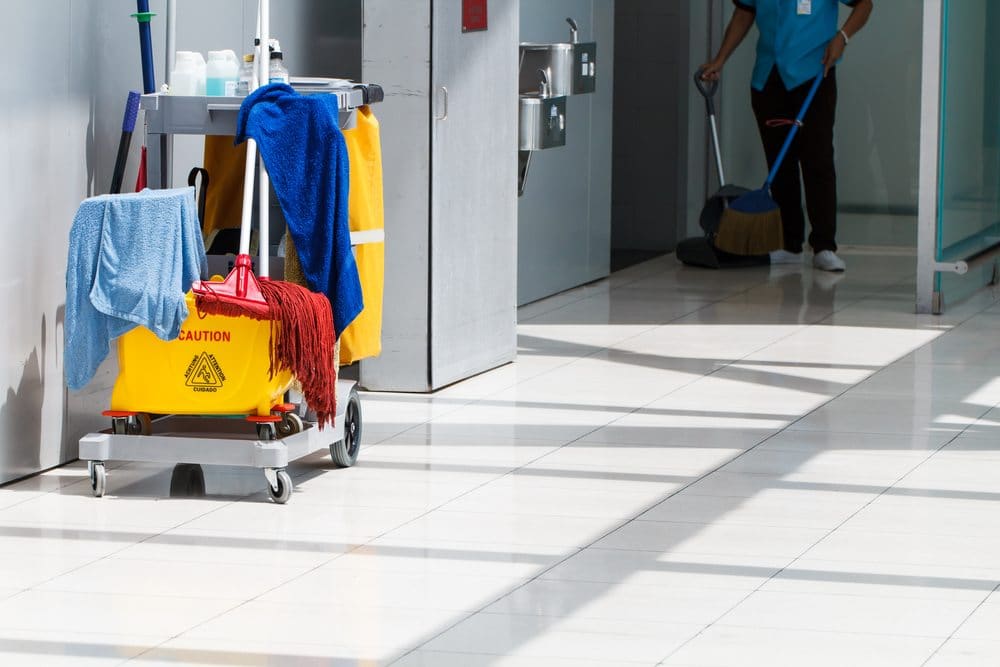Roofers are responsible for installing, repairing, or replacing roofing materials on homes and other buildings. To complete their tasks, they use a variety of tools and techniques that you should be aware of before undertaking your next business or home renovation.
Shingles
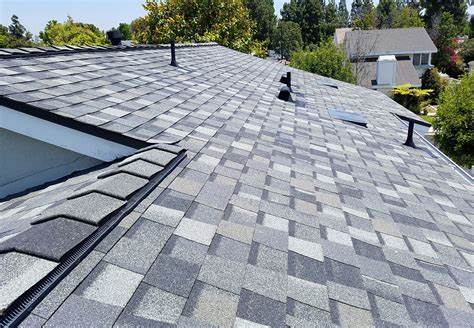
source: pinterest.com
Shingles are a type of roofing material used by roofers to cover the upper portion of a home or other structure. They come in an array of styles and can be made from various materials like asphalt, wood, slate, or rubber.
Roofers may opt to use shingles when installing a new roof, or they can replace existing shingles on a property. Shingles add to the aesthetic appeal of a house and offer extra protection from weathering on top.
Asphalt shingles are the most popular roofing option in America, though they are not the only choice. Other shingle types include metal, clay and concrete tiles, wood as well as fiberglass-based options.
Asphalt shingles are the most widely used roofing option in America due to their affordability and ease of installation – even for homeowners! Not only are these lightweight and easy to install, but they come in an array of colors and styles too. They are resistant to rain, rot, fire, and hail damage – making them ideal for homes in areas where these weather conditions occur frequently. With proper care they can last decades.
Another factor to consider when choosing shingles is their weight. Some shingles are heavier than others, which could pose an issue for some homes. A professional roofer will use the proper shingle weight for your house and its location. Once formed, the shingles are tightly compressed together to form the roof shape. After being secured with nails or other fasteners, these shingles become indestructible.
Roofers often employ the use of a shingle hammer to drive nails into the shingles. This tool makes the shingles more secure and reduces the chance that they could be pulled loose by wind or rain.
Once the shingles are securely fastened, a roofer may apply a coat of roofing cement over the entire surface to safeguard them and prevent weathering. Additionally, this protective layer helps prevent leaks.
Cement can be made from either synthetic materials or natural minerals like clay. While the latter may be more costly and require a longer installation time than its synthetic counterpart, it has proven to be more durable, lasting for decades.
Tiles
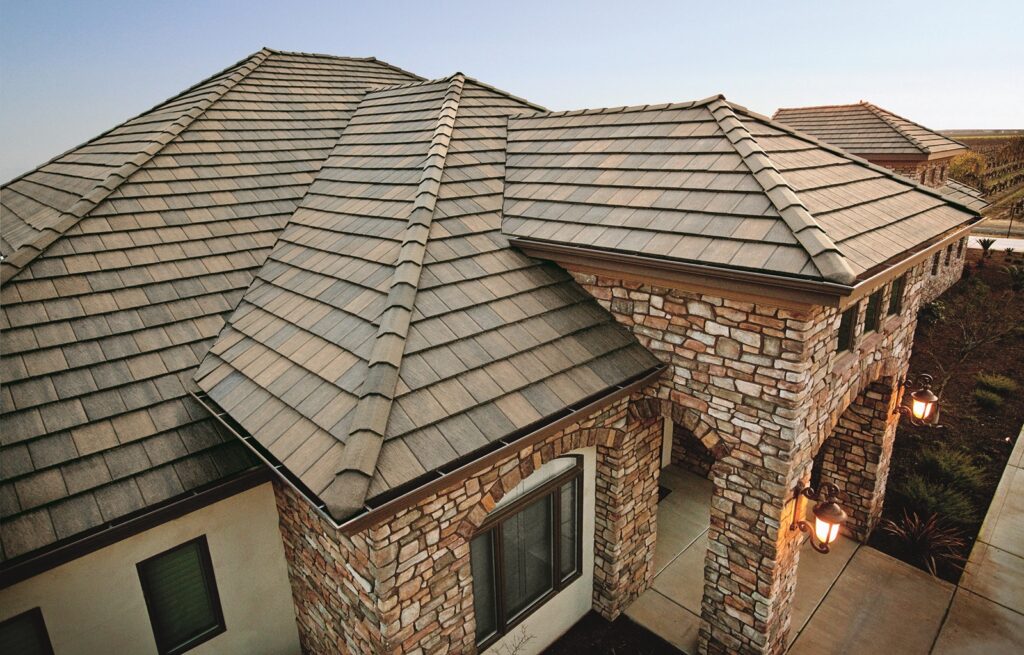
source: pinterest.com
Tiles are one of the most widely used roofing materials today due to their durability, energy-efficiency and range of styles that can accommodate any home design. Plus, tiles boast excellent fire-resistance as well as having an extended life when properly maintained.
They can be made of fired clay, ceramic, or concrete and come in an array of colors to match any home. Although more costly than asphalt shingles or slate, investing in ceramic tiles or slabs is worth the money due to their long-lasting nature.
Installing tiles on a roof is similar to that of shingles, though there are some notable distinctions. For instance, clay tiles must be laid in rows for water tightness and different flashing options are available for vents, pipes, and other exposed areas. Clay roofs tend to be costlier to install than shingles or slate, so it is essential that you select an experienced professional like Tonys Roofing for installation. You do not want to end up with expensive or possible dangerous problems in the future.
For centuries, clay and ceramic roofs have been used to protect homes and buildings from weather damage while keeping them cool in summertime. Not only are these durable roofs visually pleasing, but many homeowners choose them due to their durability and attractive aesthetic appeal.
Homeowners with air conditioners will save on energy costs by preventing heat transfer and moisture buildup this way, as well. This makes them a great option for homes in hot climates or homes prone to extremely hot summers with humid winters.
Tile roofs boast several other advantages, such as their non-combustibility and ability to withstand damage from large hailstones. This makes them a safer option than shingles or slate in terms of fire safety – something important in the western states as forest fires are becoming increasingly rampant as the years go by.
Finally, tiles are environmentally friendly and can be recycled when they need replacing – especially important in regions with high pollution levels.
Metal
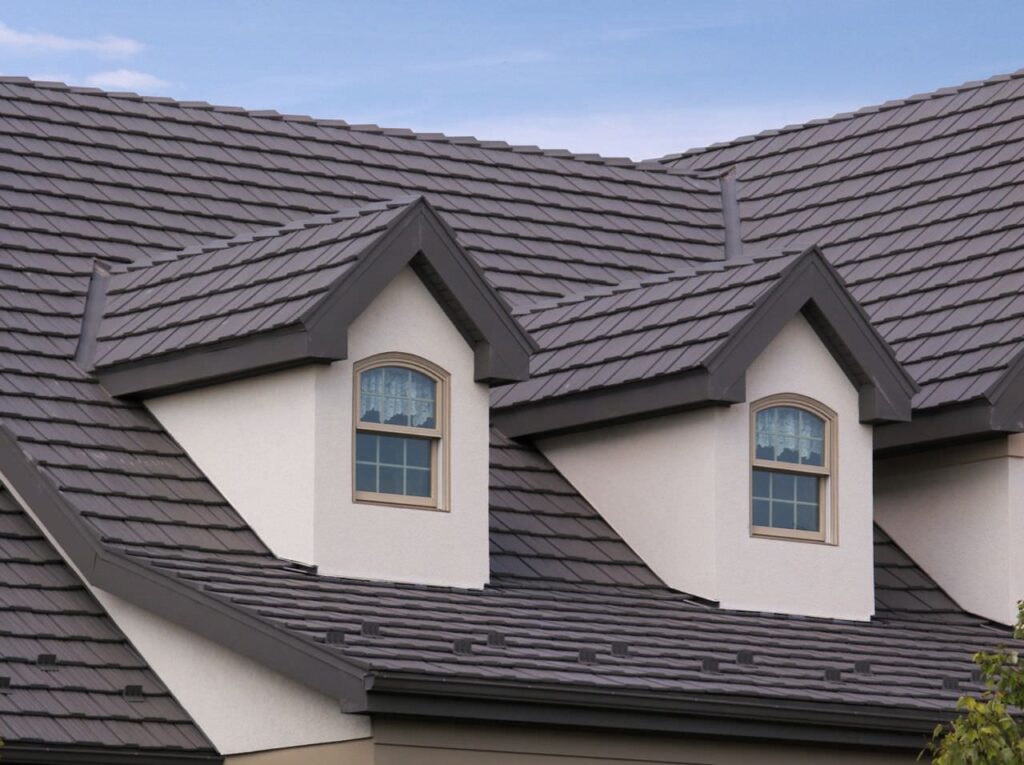
source: pinterest.com
Metal roofing material offers a versatile option that can be used in several styles and shapes. It comes in an array of colors to replicate tile or slate roofs. This eco-friendly option will last a lifetime with minimal upkeep required.
When installing a metal roof for your home, the first step is selecting the appropriate material. Click here to know more about metal roof installation. This decision depends on several factors such as location and climate. You may consult a local roofing contractor for help in selecting the ideal style and materials tailored to your property’s requirements.
Metal roofs provide protection for your home against many elements, such as high winds, hail and even wildfires. They conserve energy by reflecting sunlight and cooling your residence.
When selecting a metal roof, climate is another essential factor to consider. Different metal types will perform differently in various climates.
According to the weather conditions, you may need to install extra flashing around chimneys and vents as well as on your home’s sidewalls. This extra protection can be essential in avoiding water damage in case of heavy rainfall or other natural disasters.
Additionally, you should consider the size of your property and how many square feet of roofing will be necessary. This will determine how much metal you require.
Galvanized steel is the most common type of metal and its ideal for homeowners and commercial buildings due to its durability, low upkeep requirements and environmental friendliness.
Flat Roofs
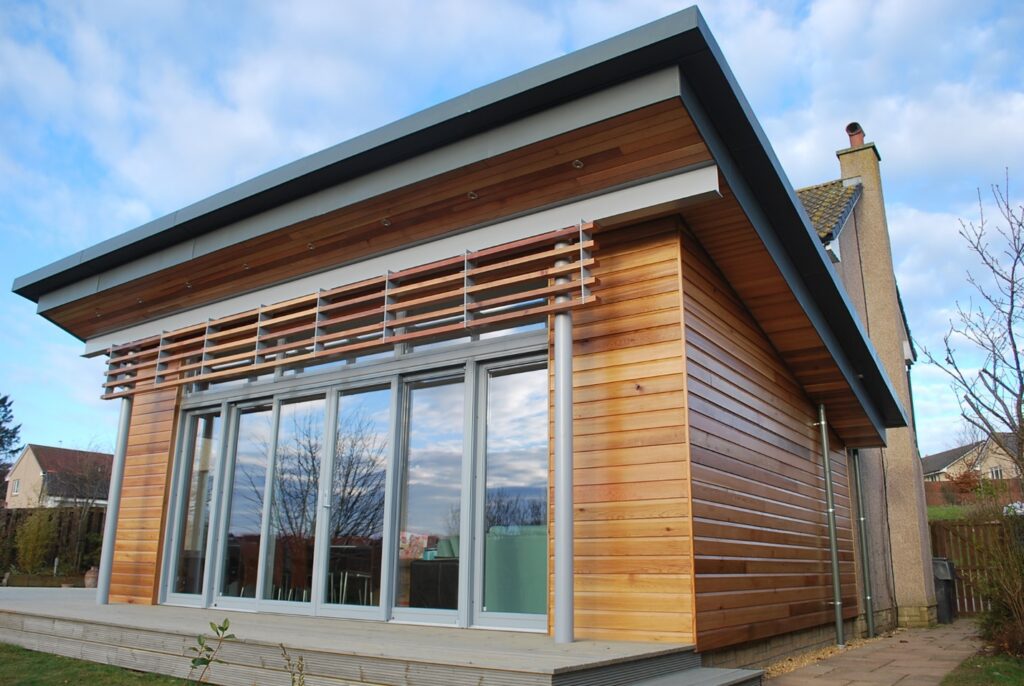
source: pinterest.com
Flat roofs offer homeowners a stylish and practical choice when it comes to their outdoor space. Depending on your home’s style and desired use of space, flat roofs can provide extra room for passive lighting solutions (skylights), solar panels or air conditioning components.
Flat roofs not only offer a modern aesthetic, but they are often the most cost-effective roofing choice for homes in most regions. Compared to traditional pitched roofing, they don’t take up as much attic space and require fewer layers of waterproofing than their pitched counterparts.
Flat roofs typically last longer than traditional roofs, provided they are constructed and maintained correctly. In fact, some types of flat roofs can last up to 25 years with proper care and upkeep.
Homeowners have a range of flat roofs to choose from, each offering different advantages in terms of durability and suitability for certain climates.
They are popular in dry climates due to their capacity for reflecting heat and wicking away moderate moisture. Unfortunately, they may not be suitable for wetter environments as this could lead to corrosion problems down the line.
The earliest flat roofs were thatched, but technology has progressed greatly since then and modern roofers use a variety of techniques to create a durable waterproof layer. Some of these methods involve coatings which block ultraviolet rays from damaging the material.
Other methods employ liquid membranes that are heated and cured to form a watertight layer over the underlying roof material. These systems have become increasingly popular as they offer superior waterproofing while being fast and straightforward to install.



